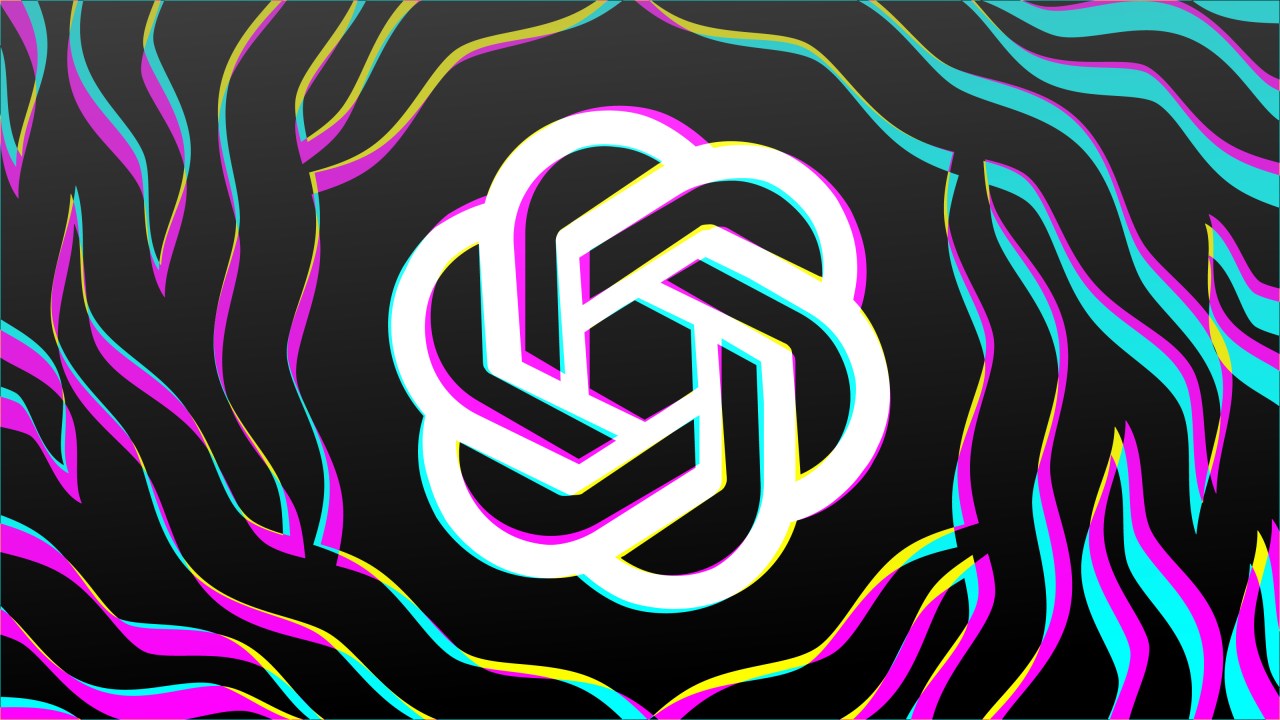The rapid evolution of generative AI, particularly in the realm of image creation, presents both opportunities and challenges. OpenAI, a key player in this space, has been grappling with the pressing question of when to release its AI-generated image detector, a tool designed to distinguish between images created by its DALL-E 3 model and those produced through other means. Recent insights from OpenAI researchers highlight the complex interplay of accuracy, reliability, and ethical considerations that are at stake in this decision-making process.
Setting the Standards: Accuracy vs. Reliability
According to Sandhini Agarwal, an OpenAI researcher focusing on safety and policy, the debate around the release of the image classifier tool has been intense. Despite achieving impressive accuracy levels—approximately 99% for unmodified images—OpenAI remains cautious. The threshold for quality that the team has set is exceptionally high:
- High Stakes Decisions: An inaccurate classifier could alter perceptions of authenticity in art, leading to significant ramifications for artists and the broader creative community.
- Modification Challenges: The tool remains over 95% accurate even after common image modifications like cropping and resizing, yet questions about the definition of an “AI-generated image” remain unresolved.
This careful approach stems from OpenAI’s experience with its previous AI text detector, which faced backlash due to its unreliable performance, prompting withdrawal from the public domain. This history contributes to OpenAI’s newfound emphasis on delivering a greater level of accuracy, particularly regarding critical decisions affecting artists and their work.
The Philosophical Quandary: Defining AI-Generated Art
One of the most profound challenges in developing the image detection tool is the philosophical question of what constitutes AI-generated art. Agarwal points out that it’s not merely a matter of detection but involves understanding the transformations an image undergoes:
- Original vs. Altered: An image created entirely by DALL-E 3 is certainly categorized as AI-generated, but what about an altered derivative? How many edits or overlays dilute its “AI-generated” status?
- Seeking Community Input: OpenAI is keen to engage with artists and stakeholders affected by these tools, reflecting a recognition of their pivotal role in shaping industry standards.
This complexity is exemplified by the question of whether an image that undergoes multiple edits still qualifies as an AI creation. As the lines blur between human and AI collaboration, it becomes paramount to establish a clear framework that resonates with all stakeholders in the creative ecosystem.
Competing Technologies and Industry Standards
The need for robust detection methods has garnered attention from various organizations—OpenAI is not alone in this endeavor. DeepMind’s recent proposal, SynthID, aims to watermark images in a manner that remains undetectable to the human eye but can be recognized by specific detectors. Other firms like Imatag and Steg.AI are also developing watermarking tools claiming resilience against image modifications.
Despite these innovative solutions, the overarching challenge persists: the industry lacks consensus on a single watermarking or detection standard. Without such a framework, the effectiveness and longevity of these tools remain uncertain, as potential vulnerabilities can compromise even the most sophisticated systems.
Looking Ahead: What’s Next for OpenAI?
When questioned about the potential expansion of the image classifier to detect outputs from other models, Agarwal affirmed that while such a direction is possible, the current focus remains solely on DALL-E 3. She noted, “A general detector isn’t something we’re doing right now… But depending on where [the classifier tool] goes, I’m not saying we’ll never do it.” This statement implies an openness to adapt, contingent on the classifier’s performance and user feedback.
Conclusion: Navigating a Future Filled with Possibilities
As OpenAI continues to refine its approach to AI-generated image detection, the balance between innovation and responsibility will remain paramount. The ongoing discussions within the organization reflect a commitment not only to technological excellence but also to ethical implications affecting the broader community of artists and creators. With the potential for a breakthrough in this area, the outcome of OpenAI’s deliberations may pave the way for a clearer understanding of generative art and its nuances.
At **[fxis.ai](https://fxis.ai)**, we believe that such advancements are crucial for the future of AI, as they enable more comprehensive and effective solutions. Our team is continually exploring new methodologies to push the envelope in artificial intelligence, ensuring that our clients benefit from the latest technological innovations. For more insights, updates, or to collaborate on AI development projects, stay connected with **[fxis.ai](https://fxis.ai)**.

